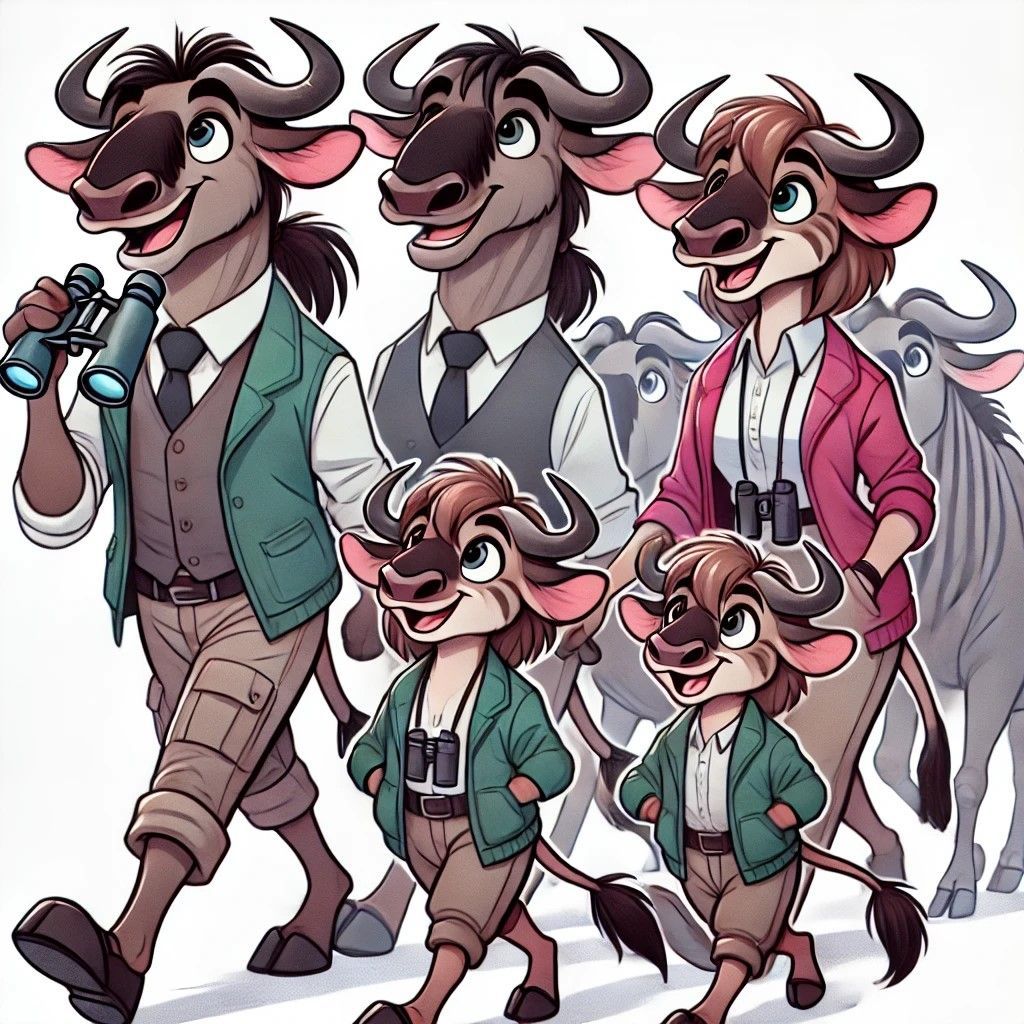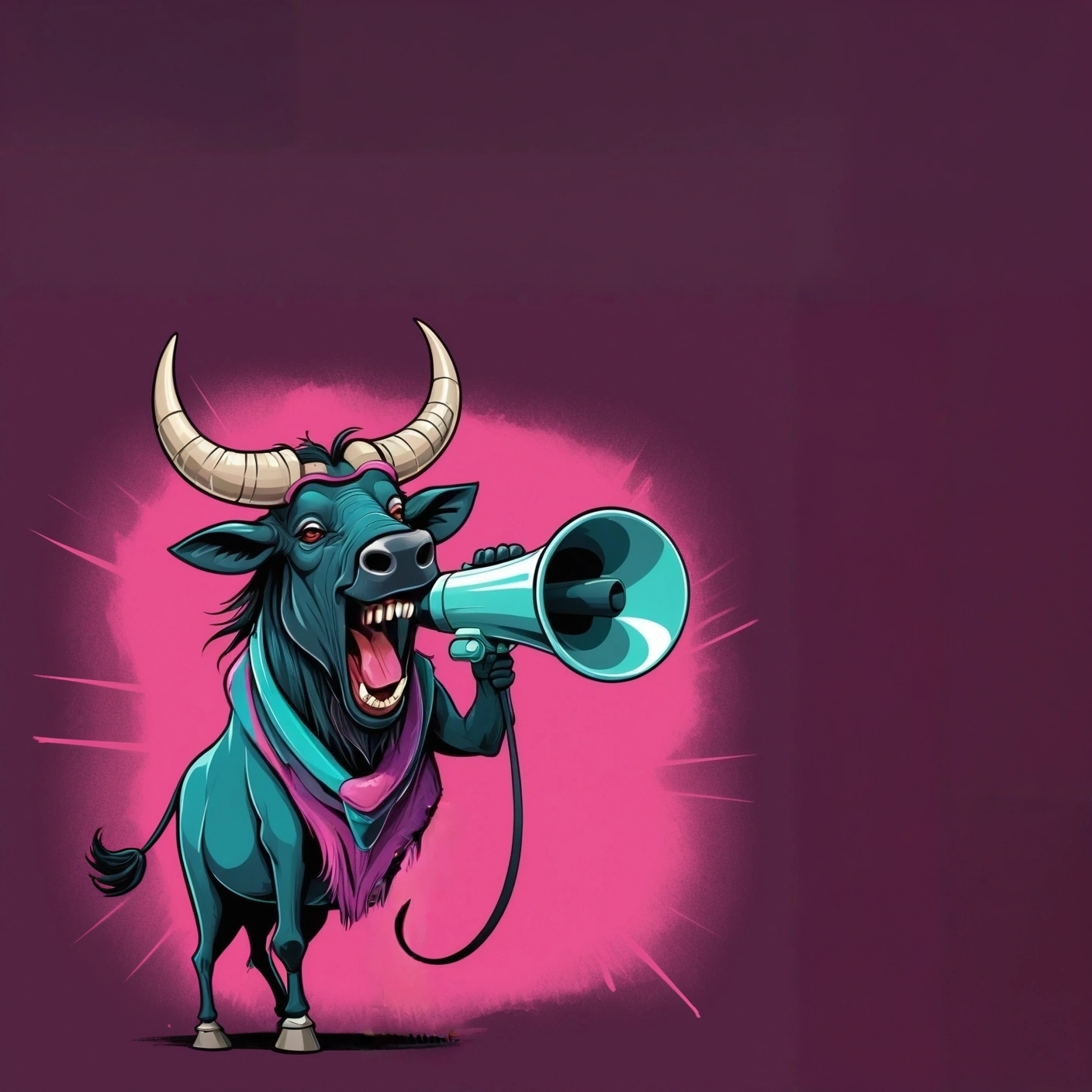Struggling with Digital Marketing for your Tourism Business?
How to Use Social Media Platforms for Travel Marketing
Social media isn’t just for selfies and viral dances
It's a powerful tool for travel businesses to reach the right audience.
But to truly harness its potential, you need to know where to focus. Let’s break down how each platform can be used strategically for travel marketing. Learn which audiences live where, how they interact with content, and the best way to turn scrolls into sales.

The Do-It-Right Guide
How to Use This Guide to Build Your Travel Marketing Strategy
Before diving into the specifics of each platform, it's crucial to have a solid plan in place. Social media isn’t about posting for everyone—it’s about finding the right audience and aligning your strategy to speak directly to them. Here's how to use this guide effectively to grow your travel business:
Step 1: Create Your Avatar (Your Ideal Customer)
The Audience is NOT Everyone. You can’t market to the world, and you don’t want to. Your first step is defining your ideal customer, the person who will find your service or destination irresistible.
- Age, Gender, and Demographics: Are they families looking for an all-inclusive holiday? Solo travelers seeking adventure? Business professionals in need of corporate getaways?
- Interests and Preferences: What motivates them? Are they after luxury, budget-friendly experiences, or eco-conscious travel?
- Pain Points: Identify what problems they have that your travel service solves. Is it time, budget, or planning difficulty?
Once you have your avatar, all decisions should align with their needs and desires.
Step 2: Align Your Avatar with Each Platform
Different platforms attract different audiences, and your content should cater to your avatar on the platform they use. For example:
- Instagram: Ideal for inspiring Millennial and Gen Z travelers looking for visually stunning, aspirational content.
- Facebook: Perfect for older travelers or families looking for detailed posts, trip reviews, or engaging discussions in community groups.
- Pinterest: Used for trip planning and inspiration by the research-heavy crowd. Ideal for pushing guides, itineraries, and travel checklists.
Match your avatar with the platform that suits their behavior and content consumption habits.
Step 3: Content Planning is Everything
Once you know your audience and platform, build a content plan. Don’t post randomly—map out your posts according to the buyer’s journey.
- Awareness Content: Introduce your destination or service to new audiences. Focus on visually engaging content like travel photos, short clips, or trip itineraries.
- Consideration Content: Now that they know you exist, it's time to give more info—reviews, testimonials, and blog posts that answer common travel questions.
- Conversion Content: Push special offers, booking links, and promotions when they’re ready to make a decision.
The content should be native to the platform—beautiful pictures on Instagram, videos on YouTube, and detailed posts on Facebook.
Step 4: Set Goals and Metrics
How will you measure success? The end goal is to generate bookings, but there are key performance indicators (KPIs) along the way.
- Engagement Metrics: Likes, comments, and shares indicate how well your content resonates with your audience.
- Conversion Metrics: Track click-through rates on ads, sign-ups for your newsletter, and, ultimately, bookings or inquiries.
- ROI: Return on Investment (ROI) is your ultimate measure of success. It’s the profit you make compared to the amount you spent on social media marketing.
Focus on the metrics that lead to sales—don’t get caught up in vanity metrics like just follower count.
Step 5: Test, Refine, and Repeat
Social media isn’t set-it-and-forget-it. You’ll need to analyze what’s working and what isn’t.
- A/B Testing: Experiment with different headlines, calls to action, and imagery to see what your audience responds to.
- Content Performance: Check your analytics weekly. Which posts drove engagement? Which ads performed best?
- Refinement: Make adjustments based on the data. Keep doing more of what works and eliminate what doesn’t.
Your social media strategy should evolve as you learn more about your audience and what they respond to.
The Actual Guide to Social Platforms for Travel Marketing
1. Instagram
- Audience: Millennial travelers, Gen Z explorers
- Age Range: 18–35
- How Platform is Used: A visual showcase of experiences. Great for destination inspiration, aspirational imagery, and storytelling.
- Advertising Ability: Excellent for highly targeted ads through visuals and Stories. Can push promotions, booking links, or lead magnets to an engaged audience.
- ROI: High, but it requires a strong visual presence and regular posting. Instagram is perfect for building brand awareness and showcasing picturesque travel experiences.
2. Facebook
- Audience: Families, older travelers, mid-tier professional
- Age Range: 35–65+
- How Platform is Used: Mostly for connecting with friends, family, and community groups. For travel marketing, it's a good platform for detailed posts, links to offers, and community building.
- Advertising Ability: Fantastic. Facebook Ads are powerful for segmentation and retargeting, allowing you to tap into travelers who have already shown interest in similar services.
- ROI: High, especially when combining organic content with well-targeted ads. Facebook Groups can also foster community engagement, making it easier to retain repeat customers.
3. Pinterest
- Audience: Dreamers, planners, and those in the research phase
- Age Range: 25–45
- How Platform is Used: A search engine for visuals, great for trip inspiration and saving travel ideas.
- Advertising Ability: Pinterest allows brands to target ads based on specific interests, perfect for promoting blog posts, guides, or travel itineraries.
- ROI: Moderate to high. Pinterest users tend to convert later in the buying process, so this platform is great for long-term lead nurturing.
4. TikTok
- Audience: Young adventurers and trend-followers
- Age Range: 16–30
- How Platform is Used: Quick, punchy video content that relies on viral trends.
- Advertising Ability: Growing fast with TikTok Ads, which are ideal for eye-catching, short-term promotions or campaigns. Creators can work with brands for influencer marketing.
- ROI: High if you tap into the right trends. TikTok can deliver massive visibility and engagement for travel companies, but the audience is fickle, so content needs to be fresh and trendy.
5. LinkedIn
- Audience: Corporate travelers, business executives, Travel Agents
- Age Range: 30–55
- How Platform is Used: Primarily for networking and industry discussions. Great for B2B marketing—think corporate travel packages, conference venues, and incentive trips.
- Advertising Ability: High for B2B campaigns, particularly for lead generation and reaching decision-makers. Sponsored content and InMail ads can drive business-related travel inquiries.
- ROI: Moderate for niche marketing, particularly for companies targeting corporate travelers. LinkedIn is not the best for traditional leisure tourism but excellent for business travel.
6. YouTube
- Audience: Everyone from young travelers to families and professionals
- Age Range: 18–60+
- How Platform is Used: Long-form video content thrives here, making it perfect for travel guides, destination overviews, and reviews.
- Advertising Ability: Highly visual, ads can appear before videos or within related content. Perfect for remarketing campaigns or storytelling through video ads.
- ROI:
High, especially for destinations and travel agencies that want to provide deep dives into their offerings. YouTube excels in helping potential travelers visualize an entire experience.
The Bottom line
Social media marketing for travel isn't one-size-fits-all. Each platform has its own strengths, and knowing how to use them is key to reaching your target audience. From the visual punch of Instagram to the business focus of LinkedIn, understanding your audience and how to speak to them on each platform is what will set you apart. Don’t waste time doing it wrong—focus on what works for each platform and maximize your marketing efforts.
3 Common Social Media
Frequently Asked Questions
What is Social Media ROI?
Social media ROI (Return on Investment) is the measure of the impact your social media activities have on your business. In travel marketing, it usually refers to how much revenue or growth your social efforts are generating in comparison to the time, money, and resources you invest.
What is Audience Segmentation?
Audience segmentation is the process of dividing your target audience into smaller groups based on demographics, interests, and behaviors. For example, you might segment audiences based on travel preferences—adventurers, family vacationers, or luxury travelers—and create customized social content for each group.
What is a Sales Funnel in Social Media Marketing?
A sales funnel is the journey a customer takes from discovering your brand to making a purchase. In social media, it involves creating awareness with your posts, engaging potential customers with value-driven content, and then leading them through to conversion with strong calls-to-action and paid campaigns.
No obligations - just honest advice to cut through the BS.
Feeling Overwhelmed?
Let's Work Together
Downloads
Share The Tips









